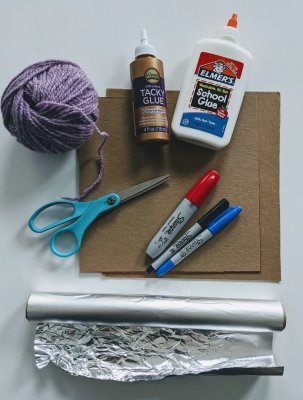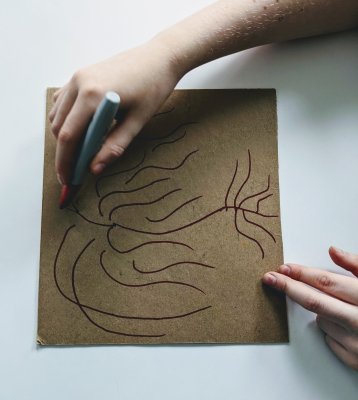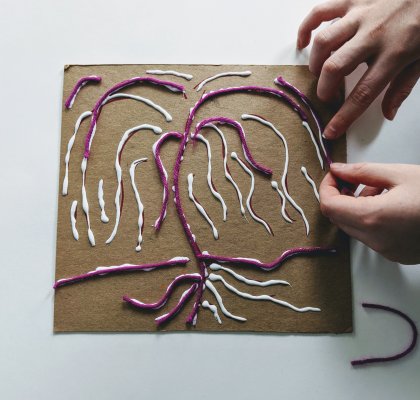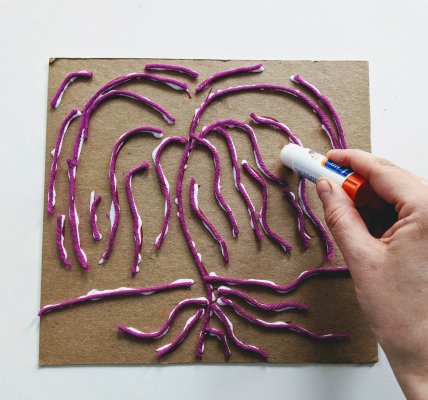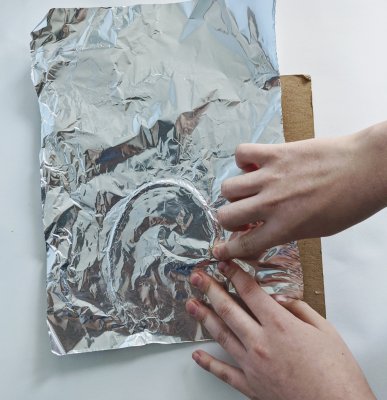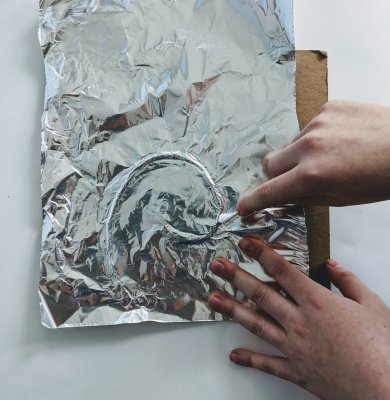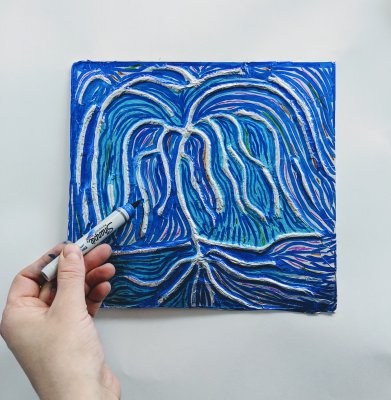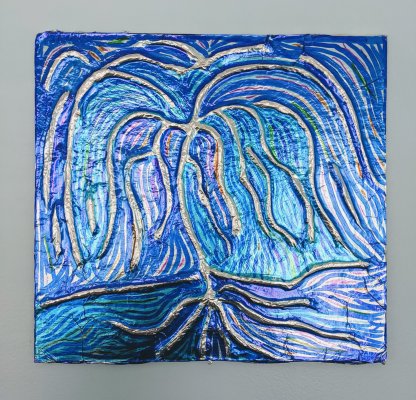Optional: Share your creation on Twitter or Instagram with #AKBeyondWalls and #MuseumFromHome!
Vocabulary
Seascape: a photograph, painting, or other work of art that depicts of the sea
Embossed: the processes of creating a raised image/ design against a background
Relief print: a process consisting of cutting or etching a printing surface in such a way that all that remains of the original surface is the design to be printed
Woodblock: a form of relief printing in which a design is cut or gouged out of the surface of a block of hardwood; ink (or paint) is then applied to the surface to print out the design

